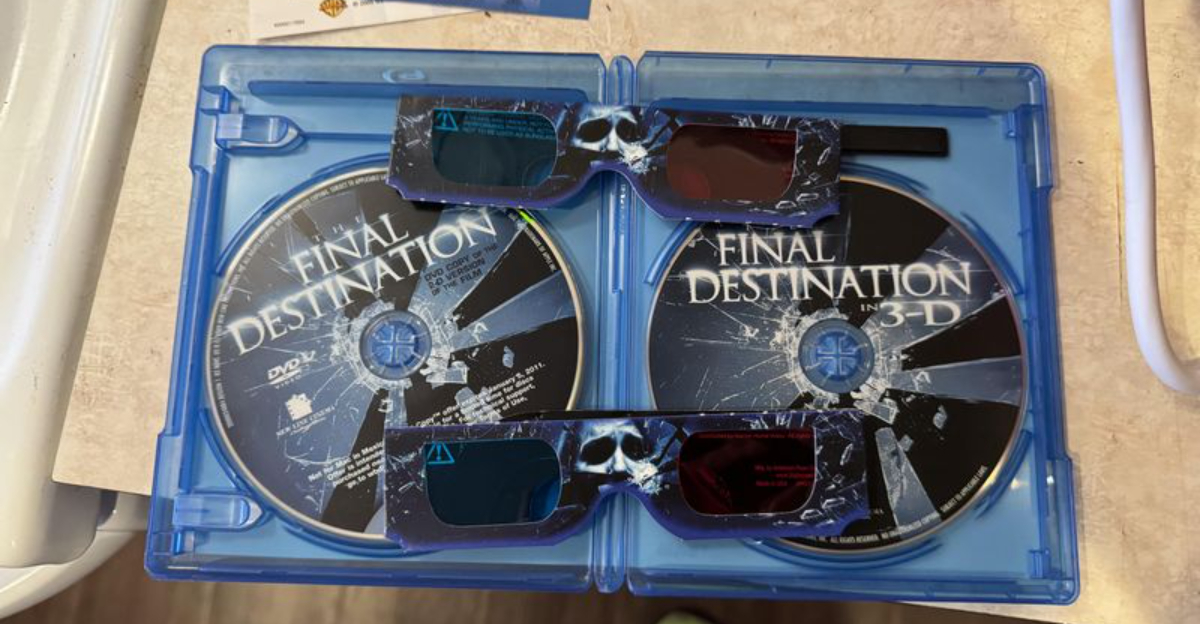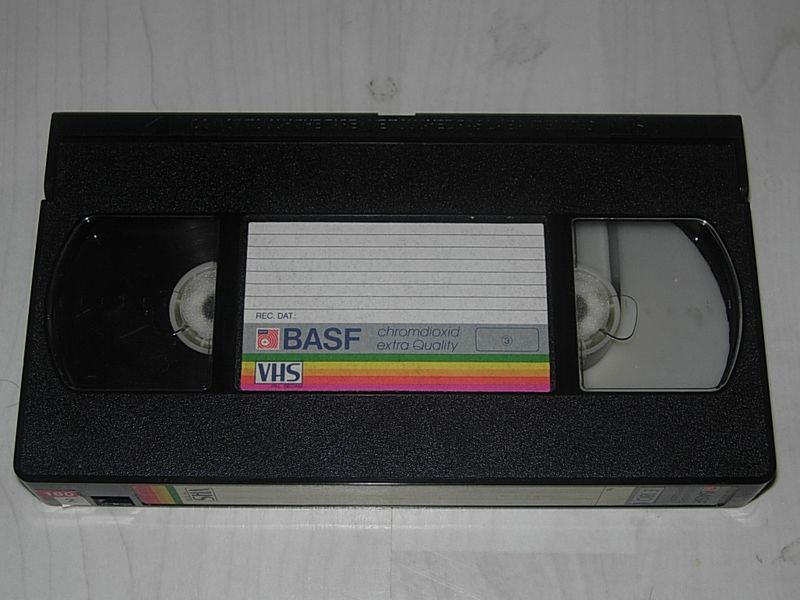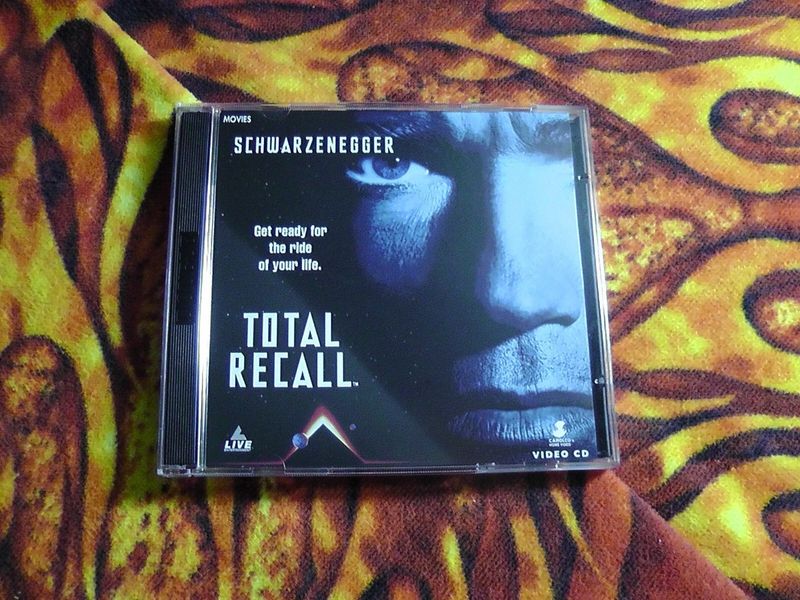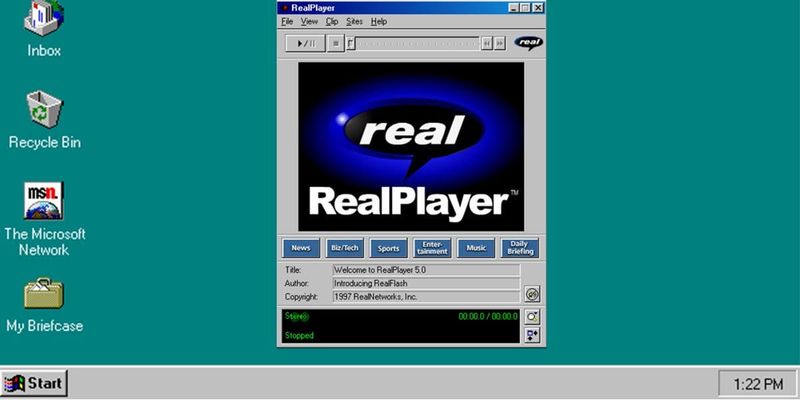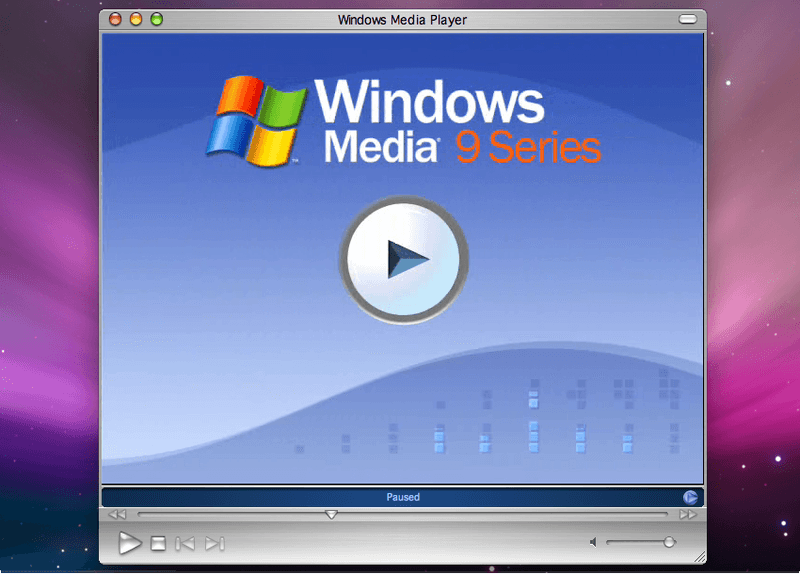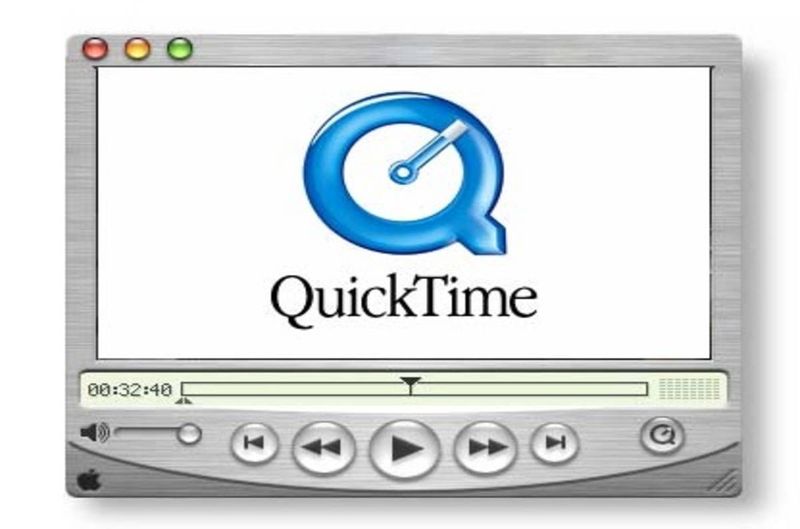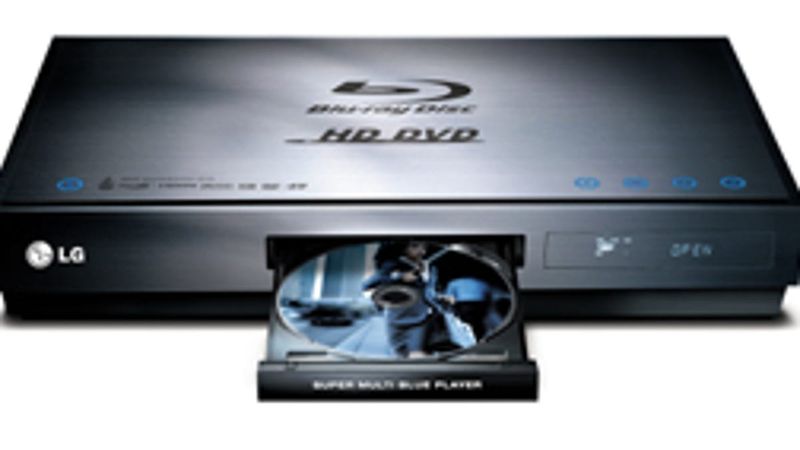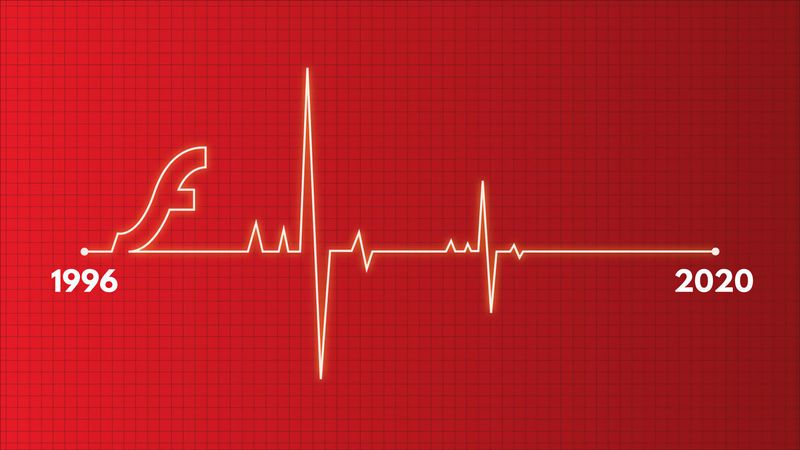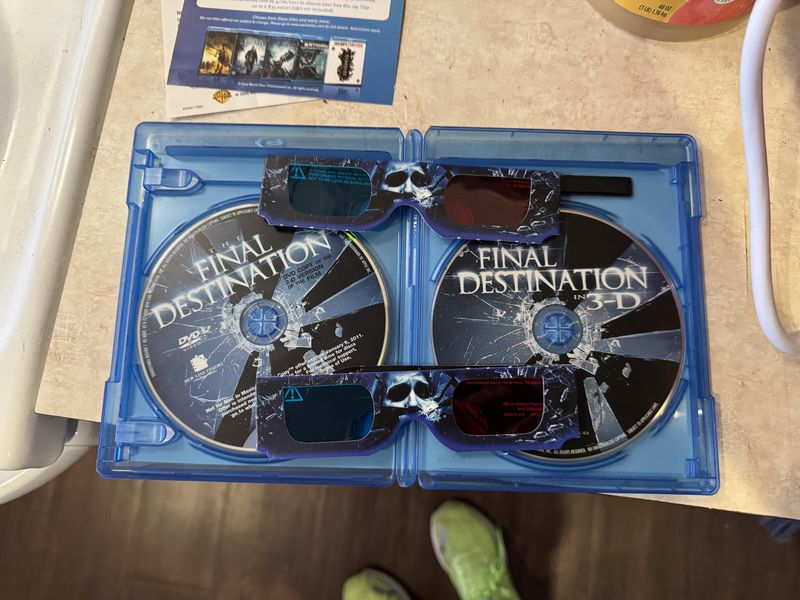In the ever-evolving world of technology, video formats are born, thrive, and then often become obsolete. This article explores ten such video formats that once held sway but have since been replaced by more advanced technologies. Each format tells a unique story of innovation, competition, and eventual obsolescence.
1. Betamax (1975–2002)
Once upon a time, Sony’s Betamax was the pinnacle of home video recording. Launched in 1975, it offered superior picture quality compared to its main competitor, VHS. However, despite its technical advantages, Betamax recorded shorter video durations and was more expensive.
These factors contributed to its downfall in the infamous ‘format war’ of the 1980s. By the time production ceased in 2002, VHS had long since claimed victory in the consumer market. A relic of a bygone era, Betamax remains a nostalgic symbol of technological ambition and market dynamics.
2. VHS (1976–2016)
The VHS tape was a staple in households across the globe, dominating the home video market for decades. Introduced in 1976, it was celebrated for its affordability and long recording times, making it a household essential.
VHS became synonymous with family movie nights and the joy of renting films from local video stores. However, with the advent of DVDs and digital streaming, the beloved VHS gradually fell out of favor. By 2016, the last VHS player had been produced, marking the end of an era in home entertainment history.
3. Video CD (VCD) (1993–early 2000s)
Video CDs, or VCDs, were once a popular format for watching films, especially in Asia. Emerging in 1993, they quickly gained traction as an affordable alternative to VHS tapes, despite offering lower video quality.
Their compact size and durability made them appealing during the early digital age. However, as DVDs entered the market with superior quality and capacity, VCDs began to wane. By the early 2000s, VCDs were largely obsolete, their brief popularity a testament to the rapid pace of technological advancement.
4. DivX (1998–mid-2000s)
DivX emerged in the late 1990s as an alternative to regular DVDs, offering high-quality video compression and a new way to rent movies. Unfortunately, its reliance on a special player and persistent digital rights management (DRM) issues hindered widespread adoption.
As standard DVDs gained popularity, DivX struggled to maintain a foothold. By the mid-2000s, the format had become obsolete. Despite its short lifespan, DivX is remembered as a bold attempt at revolutionizing home video consumption.
5. RealVideo (1997–2010s)
In the dawn of online streaming, RealVideo was a pioneer. Launched in 1997 by RealNetworks, it quickly became a popular format for streaming video over the internet. Its efficient compression made it ideal for the dial-up era.
However, as broadband and mobile internet improved, RealVideo faced stiff competition from newer, more versatile formats like MPEG-4 and H.264. By the 2010s, it had faded into obscurity, eclipsed by more efficient technologies that catered to evolving consumer needs.
6. Windows Media Video (WMV) (1999–2010s)
During the early 2000s, Microsoft’s Windows Media Video (WMV) format was a common choice for digital video. Its integration with Windows operating systems ensured widespread usage among PC users.
Despite its early success, WMV struggled with compatibility issues, particularly on non-Windows devices. As open standards like H.264 gained traction, WMV’s popularity waned. By the 2010s, it had become largely obsolete, remembered as a stepping stone in the evolution of digital video formats.
7. QuickTime Movie (MOV) (1991–2010s)
Apple’s QuickTime Movie (MOV) format was revolutionary in 1991, offering a new way to view digital video. Its flexibility and quality made it a favorite among Mac users and multimedia professionals.
However, as video formats evolved, the MOV format faced competition from the more universal MP4 format, which was based on the same MPEG-4 standard. By the 2010s, QuickTime had become a legacy format, its significance remembered by those who experienced its early innovations.
8. HD DVD (2006–2008)
Toshiba’s HD DVD format was introduced as a competitor to Blu-ray in 2006. It offered high-definition video and was initially supported by several major studios.
However, the format war with Blu-ray proved disastrous for HD DVD. Key studios switched allegiances, and by 2008, Toshiba abandoned the format. Despite its potential, HD DVD’s brief existence serves as a cautionary tale of market competition and consumer choice.
9. Flash Video (FLV) (2002–2010s)
Flash Video, or FLV, was synonymous with the early days of YouTube and online video streaming. Released in 2002, it allowed for efficient video playback across the web, becoming the backbone of early streaming.
However, security vulnerabilities and performance issues plagued Flash. As HTML5 and MP4 emerged as safer, more efficient alternatives, FLV was gradually phased out. By the 2010s, Flash Video was largely obsolete, a relic of the internet’s formative years.
10. 3D Blu-ray (2010–2017)
3D Blu-ray promised to bring the immersive experience of 3D cinema to living rooms. Introduced in 2010, it aimed to capitalize on the popularity of 3D movies in theaters.
However, the format struggled due to a lack of compelling content and the decline in 3D television sales. By 2017, manufacturers ceased production, and 3D Blu-ray joined the ranks of obsolete formats. Its brief appearance in the market is a reminder of the challenges in predicting consumer trends.
